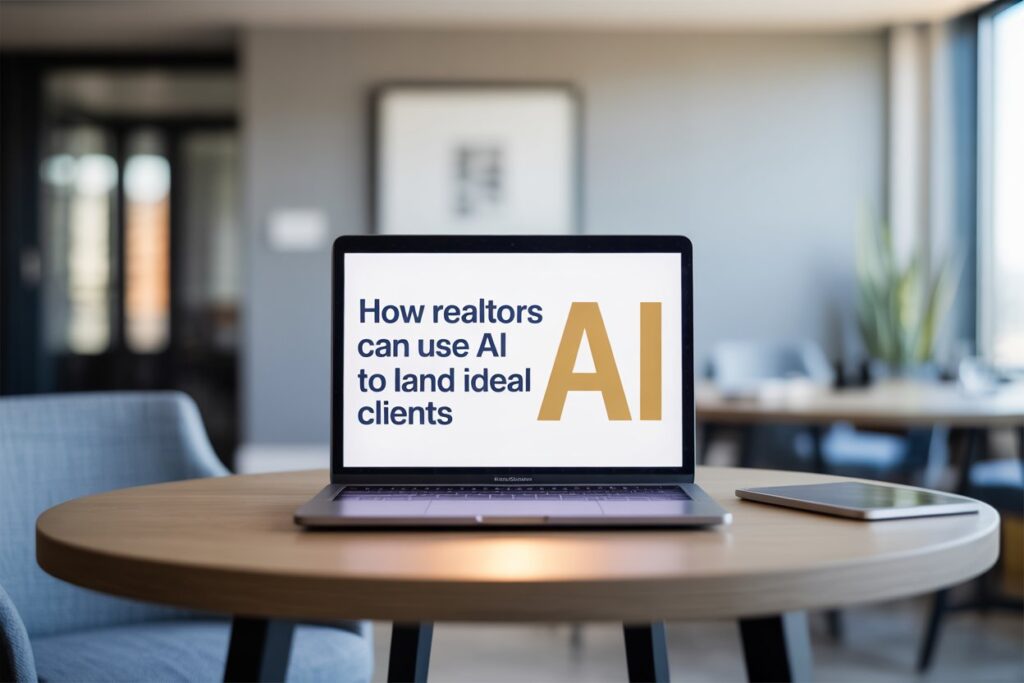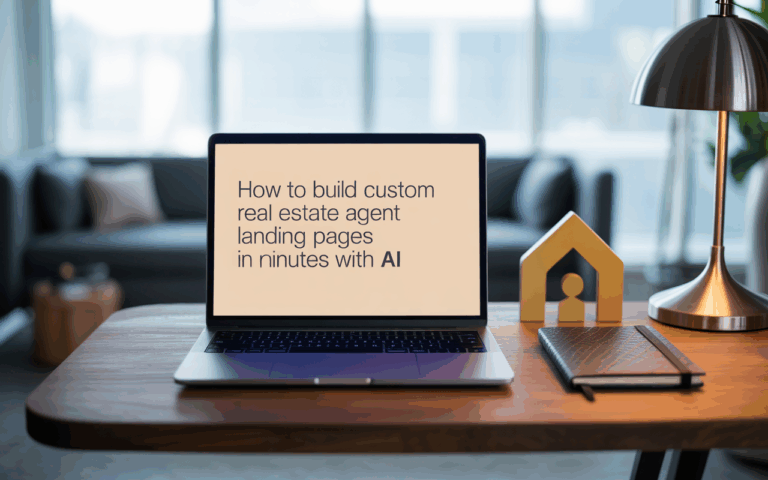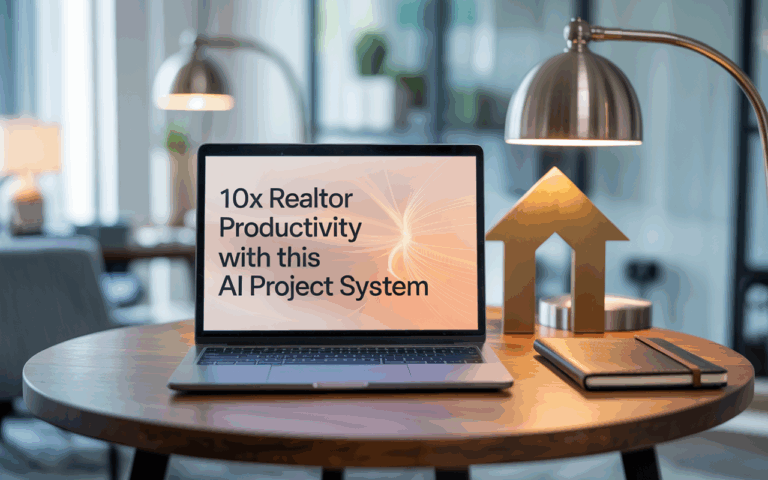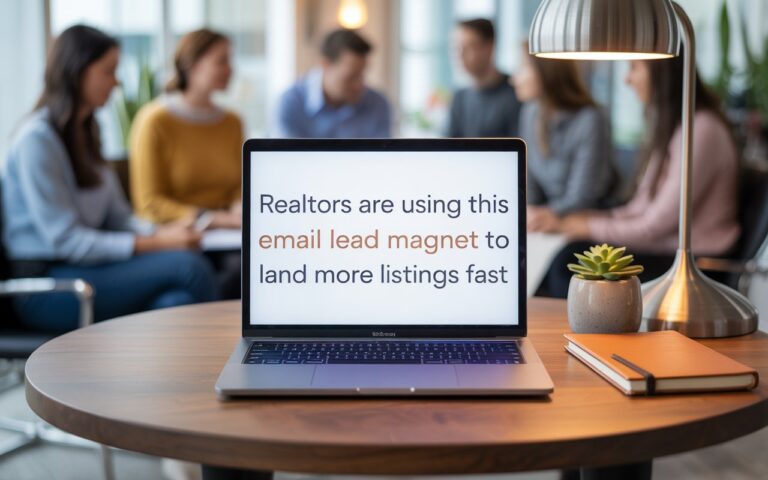
There are good clients and bad clients.
Every agent who’s been around the block has had the misfortune of working for nightmare clients. Unreasonable people for whom no home is right or no selling price is acceptable or whatever it is that ends up wasting mountains of your time for nothing.
It’s one thing to want more clients and another thing altogether to want the right clients.
As your real estate agency business grows, you should move toward attracting the right clients… for you.
The question is “Who is your ideal client?”
Five years ago, it wasn’t possible like it is today to come up with ideal client personas.
Why is that?
Because these days we have AI to help us analyze reams of data in minutes (or seconds).
How can you use AI to determine your ideal client?
Go watch the video or keep reading below.
It’s simple.
Step 1: Determine what are the markers of the ideal client for you? A few ideas include:
=> They were happy with the outcome.
=> They weren’t impossible to deal with.
=> The overall experience was both enjoyable and lucrative for you.
Add whatever other markers you like.
Step 2: Go through your past clients and identify those who best met all your “good client” markers. Most agents can spot these instantly.
Step 3: This takes a bit of work although don’t waste time creating fancy documents. AI can sort through reams of information and data even if it’s messily formatted in a word document or spreadsheet or both. Gather as much information in a data dumb about each client as possible such as:
- Buyer or seller
- Property type: Detached home, investment property, vacation property, townhouse, condo, etc.
- Value of transaction.
- Demographics: Age, gender, education, job and socio-economic status.
- Psychographics: First-time homebuyers, downsizers, luxury home buyers, family, single, investor etc.
- Lifestyle: Urban, rural, suburban, amenities, waterfront, etc.
- Interests: Less important but AI might make some interesting observations for you. Perhaps you have an affinity with clients who love the outdoors, for example.
- Revenue per hour: This is optional but if you track your time spent on each client and the amount you earned, this could be very helpful in determining your most lucrative clients.
- Have they sent you good referrals?
Gather as much of this information as you can for each of your good clients.
Step 4: Load all that info into ChatGPT and/or Claude. State that you want it to analyze all the information for these clients, who are the best clients and to then write a detailed “ideal client persona” report.
Step 5: Once you have an “ideal client persona” report, ask AI what is the best marketing strategies to attract more of these clients. Get specific. Ask about the best lead gen magnets to use, best email newsletter topics, best blog topics… have AI create for you a highly detailed content marketing plan.
As an aside – AI is absolutely amazing at synthesizing reams of data. Remember this because it can be so handy, allowing us to do what was before impossible.
Should you forsake all other clients after this?
That depends. Often when shifting strategies, it might take a bit of time to start working so if you must remain flexible to keep money coming in, do so. However, focus your marketing toward attracting your ideal clients and in time you will build the perfect business for you.
The “ideal client” residual effect
Going after ideal clients presents to you more benefits than meets the eye. Yes, you end up with better clients which is a huge improvement.
But the residual effect when you work with clients that are a good match for you, is they’ll more likely be delighted with the outcome. This in turns means better client reviews and they’ll refer more clients to you.
It’s a self-fueling process.






